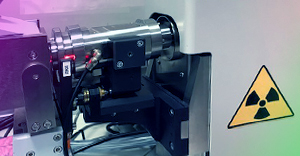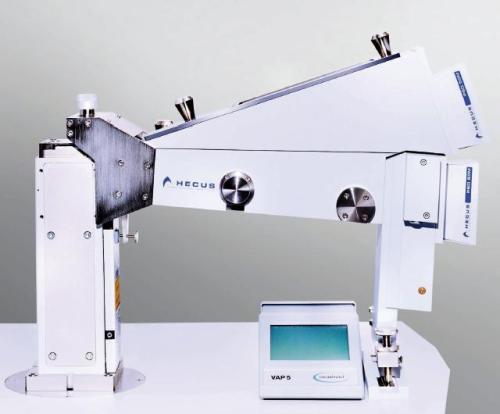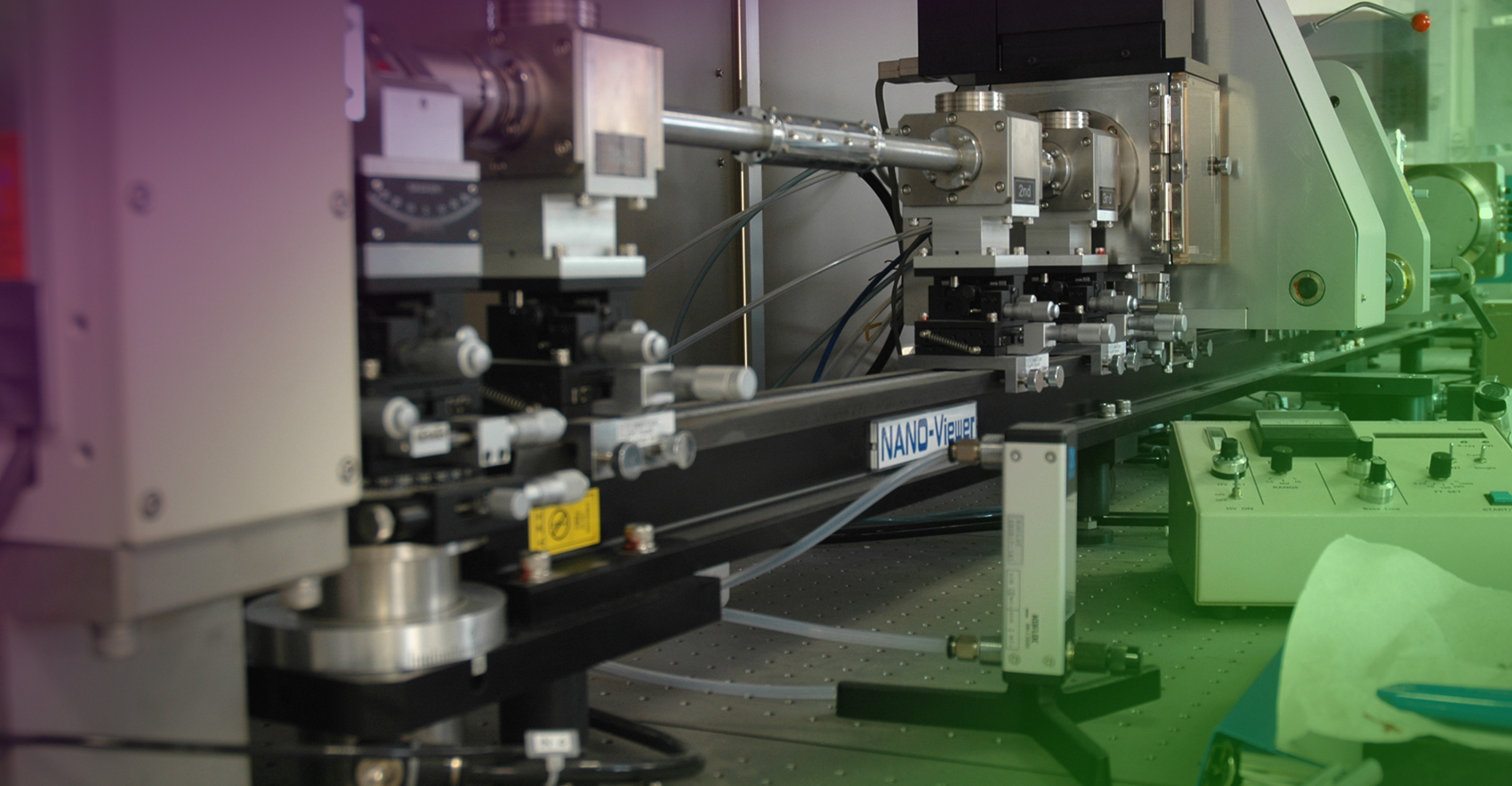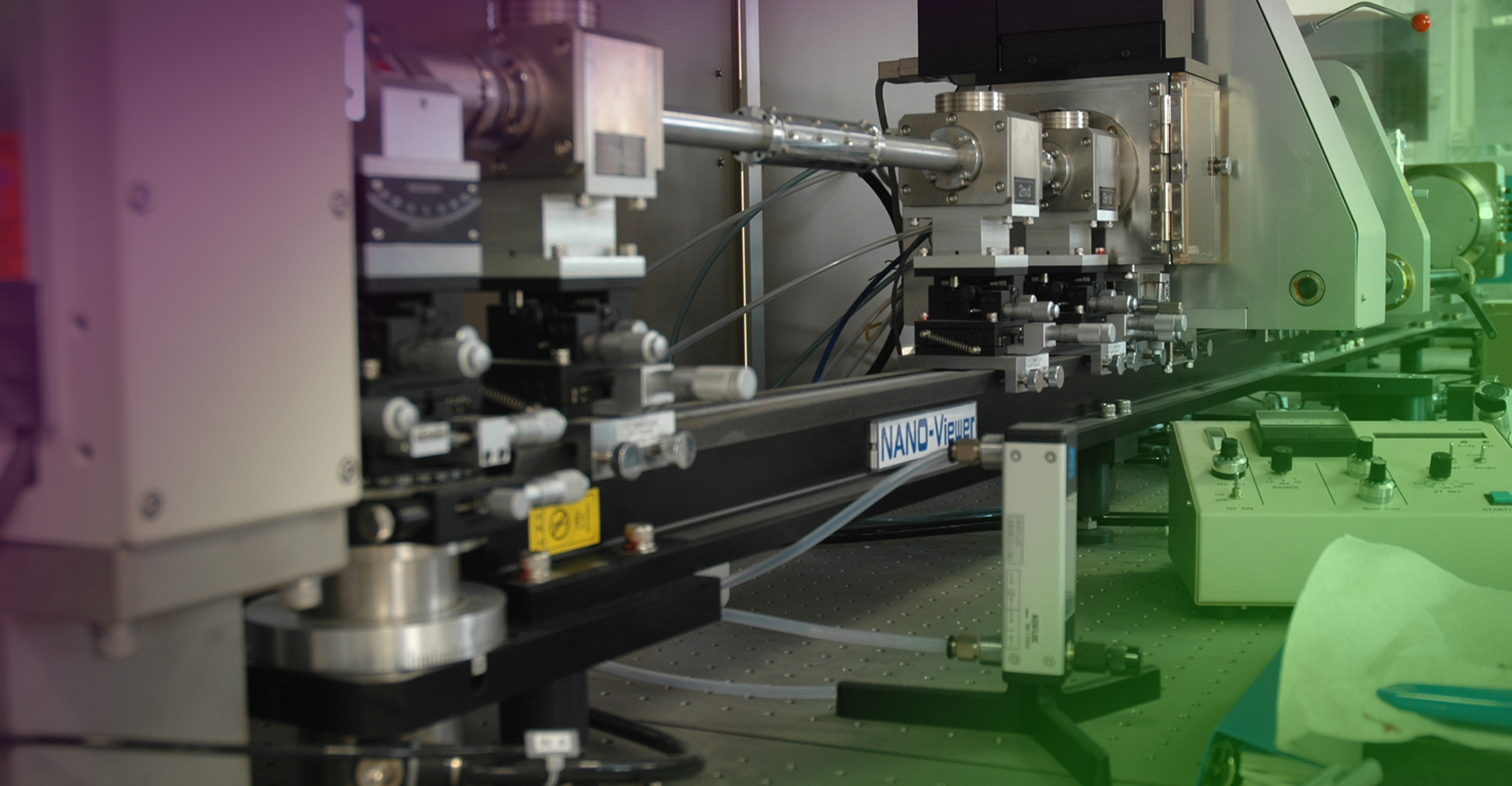

SAXS S3 Micro Hecus with point-like collimation and Kratky camera, equipped with two one-dimensional Position-Sensitive Detectors (Methane / Ar) and Genix generator. The range of the scattering vector accessible in the SAXS region is between 0.008 and 6 1 / Å, while the simultaneously accessible WAXS region is between 18 and 26 degrees (Bragg's spacings of 0.34 - 0.49 nm).

X-ray diffraction (XRD) is one of the most important non-destructive tools to analyze thin films, crystals and powders. For thin film materials XRD can be used to determine orientation relationships between substrates and deposited materials. The epitaxial relationship between the substrate and layer material is clearly shown. Critical to this measurement is the in-plane geometry which allows full pole figures to be collected on both the substrate and thin layer.

Empyrean Series 3 (Malvern Panalytical) instrument is an X-ray platform for the structural analysis of powders, thin films, nanomaterials and solid materials in a single instrument. Standard wide angle X-ray scattering (WAXS) and ultra-small angle X-ray scattering (USAXS) modes are available for analysis in air and in liquid. The instrument is equipped with a point-like X-ray source, allowing to map samples with a spatial resolution of about 300 μm. In addition, grazing-incidence GISAXS and GIWAXS geometries are also implemented for the analysis of films and nanostructures deposited/grown on different substrates.

Xenocs XEUSS 3.0 system operating in SAXS (Small Angle X-ray Scattering), USAXS (Ultra SAXS) and GISAXS (Grazing Incidence SAXS) modes equipped with sample holders for measurements on powders, pastes, gels, liquids and films, temperature control and robot for automation of sample preparation.

Brookhaven multi-angle system for the study of colloidal systems by means of quasi-elastic dynamic diffusion and static light diffusion. The tool allows the study of the size, shape and diffusive properties of objects dispersed in colloidal systems.

DLS instrument is used to measure the size of nanosystems and is a home-made instrument composed of a Photocor compact goniometer (Moscow, Russia), a SMD 6000 Laser Quantum 50 mW light source (Laser Quantum, Fremont, CA, USA) operating at 532.5 Å, a photomultiplier (PMT-120-OP/B) and a correlator (Flex02-01D) from Correlator.com (Shenzhen, China). The experiments can be carried out at the constant temperature by using a thermostatic bath, and at different scattering angle θ between 30° and 150°.

Particle sizer and Potential Zeta Brookhaven BI-90 for the study of dispersed systems, both in terms of the size of the objects responsible for the diffusion of light and their surface charge.
Consorzio interuniversitario per lo sviluppo dei Sistemi a Grande Interfase
Department of Chemistry, University of Florence - Via della Lastruccia 3 50019 - Sesto Fiorentino (FI)
Fiscal code/VAT ID: 04519240487
PEC : consorzio_csgi@pec.it
Filippo Baldereschi
baldereschi@csgi.unifi.it
055-4573035
Emanuela Grassi
emanuela@csgi.unifi.it
055-4573147
Irene Trapani
trapani@csgi.unifi.it
055-4573036
Manola Trastulli
manola@csgi.unifi.it
055-4573034
Michele Baglioni
webmaster@csgi.unifi.it
055-4573026
Giovanna Poggi
webmaster@csgi.unifi.it
055-4573031
Fabio Nicoli (Website designer)
nicolifabio71@gmail.com
